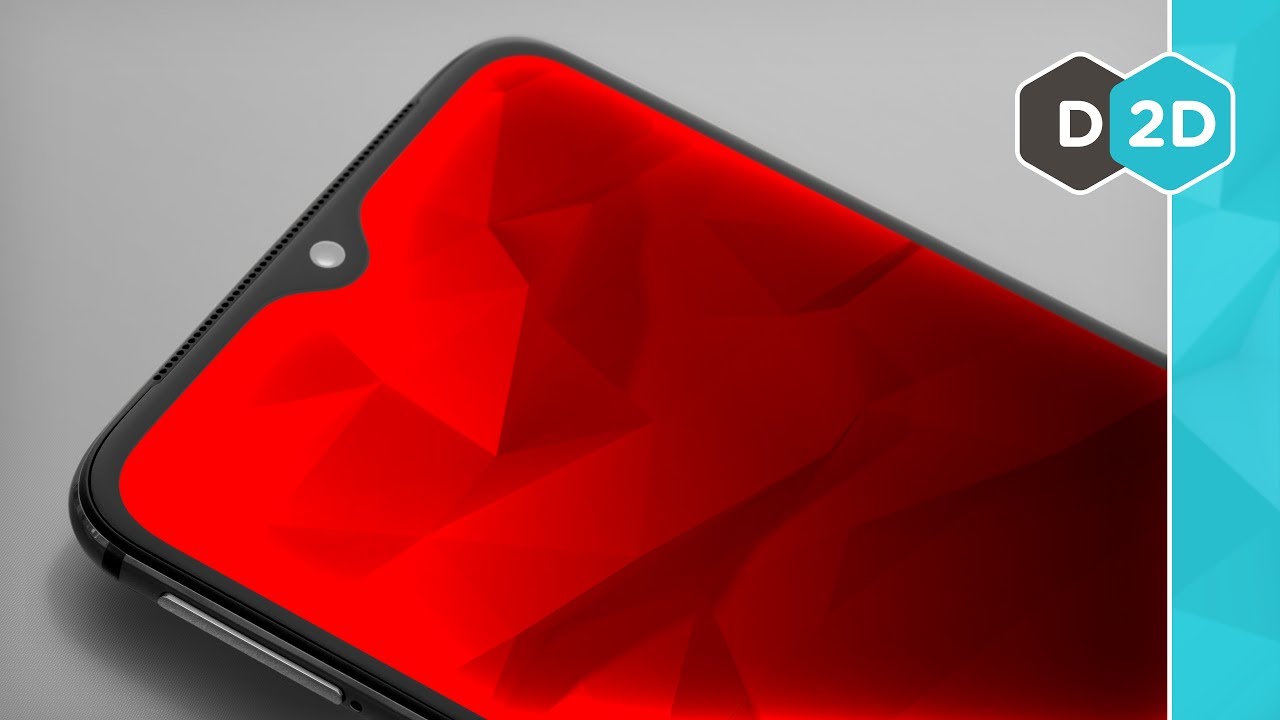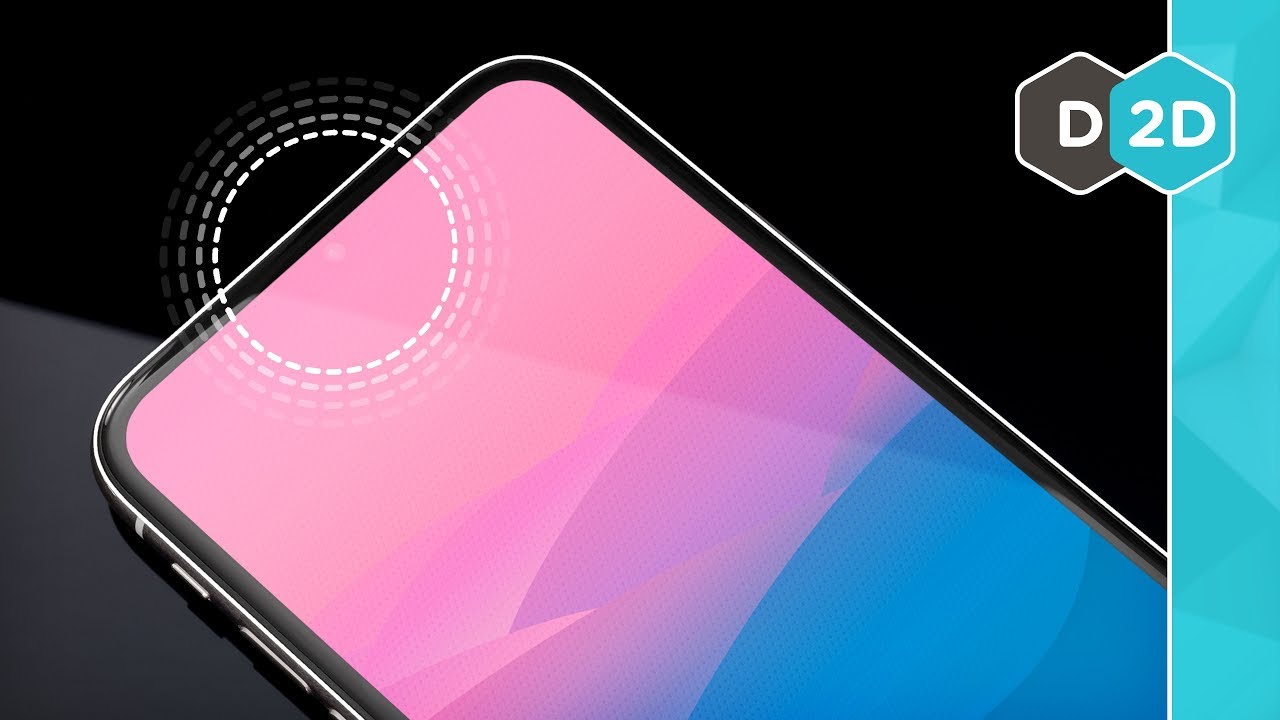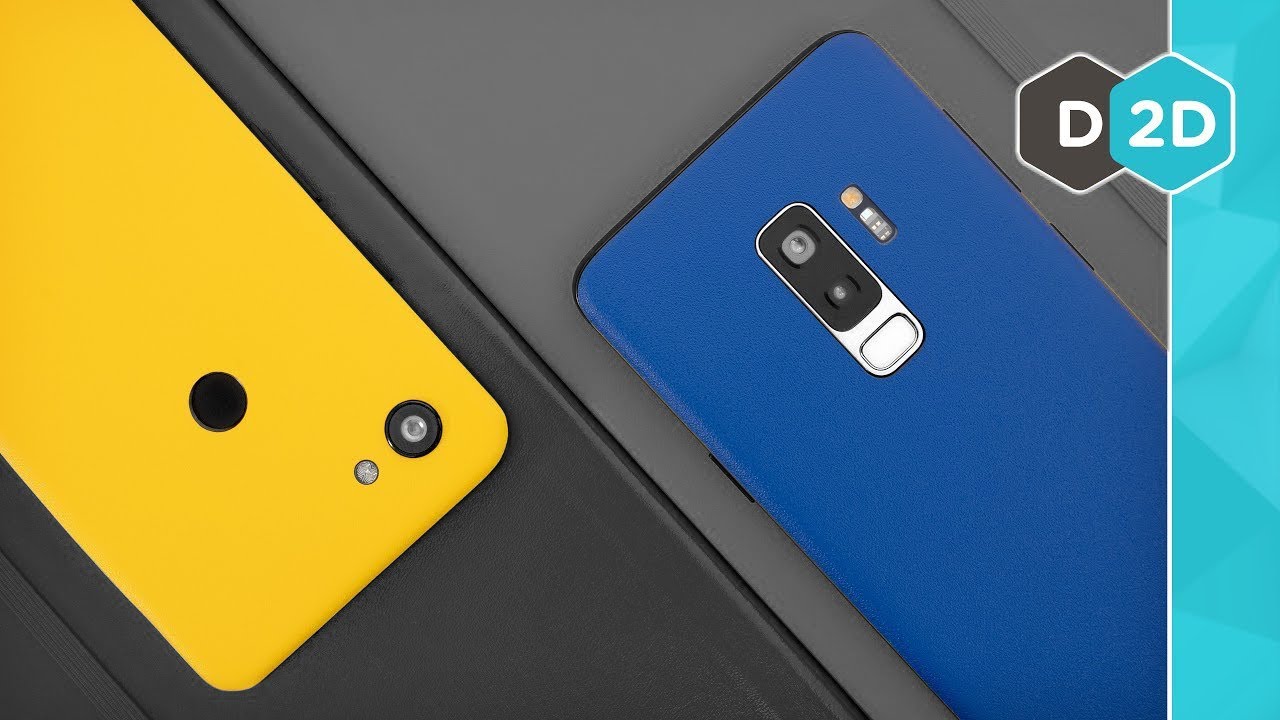
The more things change, the more they stay the same, the saying goes. That couldn’t be more true for our review candidate today, Check Point’s ZoneAlarm Extreme Security. We reviewed this software nearly six years ago, and in that time the Windows interface has not changed.
Sure, some features have disappeared and others have taken their place, but overall it’s the same program with the same dated interface. That’s set to change, however. A Check Point spokesperson told us the company is planning a major interface and user experience overhaul for 2020.
Note: This review is part of our best antivirus roundup. Go there for details about competing products and how we tested them.
When you start ZoneAlarm Extreme Security the first thing you’ll notice is that it looks a little fuzzy. It appears Check Point didn’t update its app for high-resolution displays. We tested ZoneAlarm Extreme Security on a laptop with a 1080p display, and found that the menu items and tiles were noticeably lacking in sharpness.
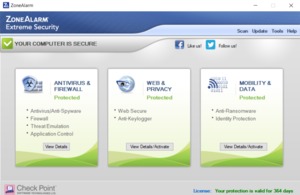 IDG
IDGThe primary dashboard for ZoneAlarm Extreme Security.
The basic dashboard for Extreme Security has three tiles: Antivirus & Firewall, Web & Privacy, and Mobility & Data. There are also four menu items in the upper-left corner: Scan, Update, Tools, and Help.
Click on one of the tiles, and you end up on a secondary interface with three tabs that have the same names as the tiles from the previous screen—making the first screen superfluous.
This secondary screen is where you have all the controls for your antivirus. You can start a manual scan, or turn on and off features such as Threat Emulation and Application Control. The former is a cloud-based feature to help prevent zero-day attacks, while Application Control prevents untrusted applications from running. In our tests, Application Control was a little too aggressive and wouldn’t allow PCMark 10 to run its Extended test. That was a pain but easily solved by setting a higher trust level for all of the FutureMark components.
Easily solved, that is, for anyone who knows their way around Windows PCs. Regular users who need a set-it-and-forget-it solution will find it problematic if they happen to install a program that isn’t on Check Point’s whitelist.
The two-way firewall allows for rule setting, permissions for VPN protocols, locking the hosts file, and so on. This section is best left alone for most users.
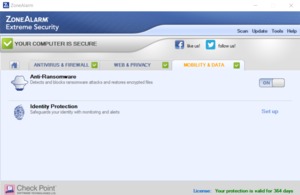 IDG
IDGZoneAlarm’s Mobility & Data section.
Then in the Mobility & Data section there is an anti-ransomware module, as well as identity protection. The latter checks a third-party database of recent breaches for your information such as email address, passwords, and so on.
There’s also a real-time monitor that scans for sensitive information trying to leave your PC. For the monitor to work, you need to add your information to a vault including PINs, addresses, bank cards, driver’s license, passwords, mother’s maiden name, passport number, phone,…
https://www.pcworld.com/article/3511796/zonealarm-extreme-security-av-review.html#tk.rss_all











